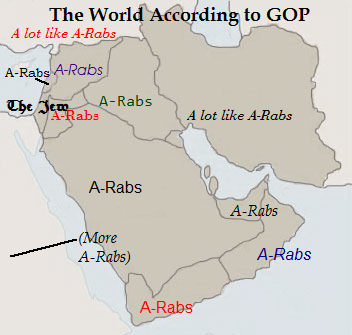On the Migron ruling and ‘The Law in These Parts’
My new article is up at The American Prospect:
This time, it seems, justice has won: The West Bank settlement outpost of Migron must be demolished. So ruled the Israeli Supreme Court this week.
Migron is the best known of the outposts, small settlements set up across the West Bank since the ’90s with the help of Israeli government agencies—but without the government approval required under Israeli law since official approval would drawn too much publicity. The outpost stands entirely on privately owned Palestinian property. The landowners, with the help of Israel’s Peace Now movement, went to court in 2006. In this week’s decision, the court rejected a government proposal to put off evacuating the settlers for three years until new homes could be built for them elsewhere. The ruling blasts the proposal as “egregiously unreasonable” in light of the “grievous and ongoing harm to the rule of law.”
Prima facie, the court upheld the rights of Palestinians over the government’s fear of enforcing the law against settlers. The Israeli judiciary reined in the executive; the system worked.
Or did it? Certainly court approval of the government’s proposal would have been much worse. Yet perhaps the ruling should be seen as part of a wider picture in which the Israeli courts have permitted greater injustices in the occupied territories. Perhaps an occasional Supreme Court ruling against government actions legitimizes the occupation before the Israeli public by making it seem subject to judicial oversight. Perhaps the word “justice” is hollow in the context of “occupation.” Those are questions that one can’t help asking after seeing the superbly disturbing new Israeli documentary, The Law In These Parts, an indictment of the legal system Israel created in the West Bank.







